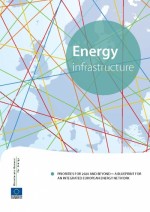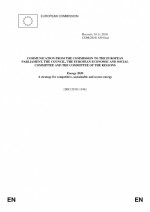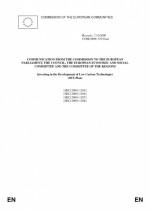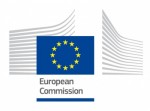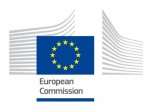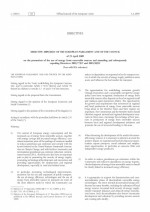19 Oct 2011: The Energy Infrastructure Package
In November 2010, an EC communication was adopted on energy infrastructure priorities for 2020 and beyond - A Blueprint for an integrated European energy network, COM(2010) 677 outlining a vision of what is needed for making our networks efficient. On the 19th of October 2011, the European Commission adopted two relevant proposals for Regulations, which together comprise the energy infrastructure package:
- "Guidelines for trans-European energy infrastructure" COM(2011) 658 (repealing Decision No 1364/2006/EC)
- “Establishing the Connecting Europe Facility” COM(2011) 665
The "Guidelines for trans-European energy infrastructure" proposal aims at ensuring that strategic energy networks and storage facilities are completed by 2020. To this end, the Commission has identified 12 priority corridors and areas covering electricity, gas, oil and carbon dioxide transport networks. It proposes a regime of "common interest" for projects contributing to implementing these priorities and having obtained this label. In general storage has a prominent position in the proposed regulation as it is always mentioned together with transmission. However, in Article 14 (1) regarding Incentives and 15 (2) regarding Financial Assistance the most mature storage technology of pumped-hydro is specifically excluded.
The “Establishing the Connecting Europe Facility” proposal sets out the provisions governing the proposed integrated instrument for investing in EU infrastructure priorities in Transport, Energy and Telecommunications: the "Connecting Europe Facility" (CEF).

